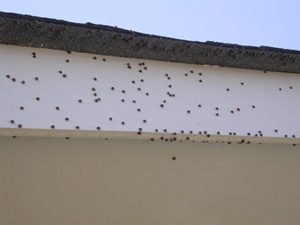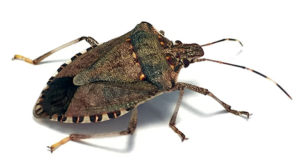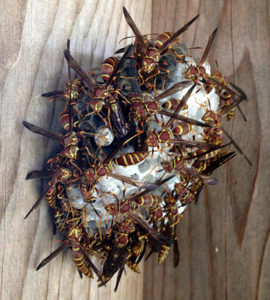Fall Invaders
go.ncsu.edu/readext?628552
en Español / em Português
El inglés es el idioma de control de esta página. En la medida en que haya algún conflicto entre la traducción al inglés y la traducción, el inglés prevalece.
Al hacer clic en el enlace de traducción se activa un servicio de traducción gratuito para convertir la página al español. Al igual que con cualquier traducción por Internet, la conversión no es sensible al contexto y puede que no traduzca el texto en su significado original. NC State Extension no garantiza la exactitud del texto traducido. Por favor, tenga en cuenta que algunas aplicaciones y/o servicios pueden no funcionar como se espera cuando se traducen.
Português
Inglês é o idioma de controle desta página. Na medida que haja algum conflito entre o texto original em Inglês e a tradução, o Inglês prevalece.
Ao clicar no link de tradução, um serviço gratuito de tradução será ativado para converter a página para o Português. Como em qualquer tradução pela internet, a conversão não é sensivel ao contexto e pode não ocorrer a tradução para o significado orginal. O serviço de Extensão da Carolina do Norte (NC State Extension) não garante a exatidão do texto traduzido. Por favor, observe que algumas funções ou serviços podem não funcionar como esperado após a tradução.
English
English is the controlling language of this page. To the extent there is any conflict between the English text and the translation, English controls.
Clicking on the translation link activates a free translation service to convert the page to Spanish. As with any Internet translation, the conversion is not context-sensitive and may not translate the text to its original meaning. NC State Extension does not guarantee the accuracy of the translated text. Please note that some applications and/or services may not function as expected when translated.
Collapse ▲In spite of our continued warm weather, several of our typical cool-weather pests have begun their fall invasion of homes and commercial buildings. This is actually not surprising since this move to seek overwintering sites is due not just to temperature but also the shortening day-length and decline in suitable food plants.
Kudzu bugs are moving out of kudzu and soybean fields and flying to nearby structures, particularly those with light-colored siding (as seen in the figure to the right). As many people discover, spraying siding, window trim, etc. is likely to produce mediocre results even if repeated sprays are applied. Many of the labels for the pyrethoid pesticides (those containing chemicals such as lamda-cyhalothin, cyfluthrin, bifenthrin, etc.) also limit their application to vertical areas above impervious surfaces (such as driveways, sidewalks, patios) where rain could wash the chemical off the treated surfaces and allow them to run off into storm drains.
We have additional information at: Kudzu Bugs – A Nuisance and Agricultural Pest
Brown Marmorated Stink Bugs (BSMB) are also making their presence known across the state, particularly in the Piedmont, Foothills, and western NC. This pest causes significant damage to a wide variety of fruit, vegetable and row crops as well as ornamentals. Although control is possible for these crops, preventing the stink bug’s invasion of homes is difficult. As with kudzu bugs, surface sprays to building exteriors or around windows and doors is rarely effective.
For more information about BMSB, visit: Brown Marmorated Stink Bug (North Carolina)
Paper Wasps (Polistes sp.) colonies reached their peak size a few weeks ago with the production of next year’s queens and are now starting to disperse. Although the workers and this year’s queen will die over the next few weeks, some workers along with next year’s queens will abandon their nests and look for overwintering sites. This activity often results in wasps finding gaps near chimneys or roof ridge vents or windows and doors and then showing up indoors. Many people assume that there is an active nest inside a wall or some other hidden area (e.g., attached to the underside of a deck).
However, the wasps could also be coming from nests out in storage buildings, tree holes, firewood piles, old unused cars, or other items that have been undisturbed for much of the summer. Spraying the exterior of the building (not spraying a specific nest) is not going to keep this activity which will continue until we see cold (frost). Even then, warm winter days may cause the wasps to become active. Bear in mind that there is not a functioning nest and so the wasps are not aggressively defending a nest. However, if you step on one or swat at one, they may sting.
We have more information at: Controlling Paper Wasps in and Around Structures





